
Hip Control – Eric Wong
Original price was: $99.00.$28.00Current price is: $28.00.
Hip Control – Eric Wong Download. Neglecting These 3 Muscle Groups in Your Training Makes You Stiff and Tight and Creates Muscular Imbalances that Produc…
Salepage link: At HERE. Archive:
$28 Get full Hip Control – Eric Wong courses.
How This Popular Fitness Concept That Creates Imbalances In Your Body Came To Be…
Here’s The BIG Problem Focusing on Lower Body Compound Exercises Like Squats and Deadlifts and Always Being Told to “Squeeze Your Glutes!”
Here’s a Short List of Just Some of the Problems That Result From Continuing to Neglect These 3 Muscle Groups:
This is called compensation and your body is a master at it.
Then, it’s only a matter of time until nagging pains creep up on you then one day result in an injury keeping you from doing the things you love.
-
LOW BACK PAIN and SCIATICA – lumbar stabilizer weakness and limited hip flexion and internal rotation are all proven to be strong factors contributing to chronic low back pain [2]
-
RESTRICTED HIP AND KNEE MOBILITY – hip extension, flexion, internal rotation and abduction are most limited as is knee extension
-
HIP PAIN – especially femoral acetabular impingement (FAI) and pain related to arthritis [3]
-
RECURRING MUSCLE PULLS – the quads, hamstrings and groin are particularly susceptible [4]
-
KNEE PAIN – the body compensates for stiff hips via the knees, getting them to do things they’re not designed for resulting in knee pain aka patellofemoral pain syndrome (PFPS) [5] [6]
-
ACL INJURIES – research shows limited hip mobility is a strong predictive factor for ACL injury risk [7] [8]
-
DUCK FEET – because the external hip rotators are stronger compared to the internal rotators, they turn the feet out, causing further complications like flat feet and medial knee pain
The Little-Known Functions of the 3 Most Neglected Muscle Groups and How to Properly Train them to Restore Muscular Balance, Banish Pain and Improve Mobility and Performance
Neglected Muscle Group #1:
The Hip Flexors
Neglected Muscle Group #2:
The Hip Adductors
Neglected Muscle Group #3:
The Hip Internal Rotators
Properly Training These 3 Neglected Muscle Groups Does NOT Mean Just Stretching
INTRODUCING HIP CONTROL:
Your Blueprint for Greater Lower Body Strength, Stability and Mobility and Eliminating the Problems Associated with Muscular Imbalances
Technique # 1: Dissociation
Technique #2: End Range Activation Sequence
Technique #3: Full Range of CONTROL
12-Week Hip Control Course Overview
-
To give you only what you need, when you need it to so you don’t get crushed by information overload
-
So you can implement the program into your life without sacrificing time dedicated to the things you love like family and hobbies
Module 1
Module 2
Module 3
Module 4
Module 5
Module 6
Module 7
Module 8
Module 9
Module 10
Module 11
Module 12
Here's an overview of the prominent keywords and a list of famous authors:
Business and Sales: Explore business strategies, sales skills, entrepreneurship, and brand-building from authors like Joe Wicks, Jillian Michaels, and Tony Horton.
Sports and Fitness: Enhance athleticism, improve health and fitness with guidance from experts like Shaun T, Kayla Itsines, and Yoga with Adriene.
Personal Development: Develop communication skills, time management, creative thinking, and enhance self-awareness from authors like Gretchen Rubin, Simon Sinek, and Marie Kondo.
Technology and Coding: Learn about artificial intelligence, data analytics, programming, and blockchain technology from thought leaders like Neil deGrasse Tyson, Amy Cuddy, and Malcolm Gladwell.
Lifestyle and Wellness: Discover courses on holistic health, yoga, and healthy living from authors like Elizabeth Gilbert, Bill Nye, and Tracy Anderson.
Art and Creativity: Explore the world of art, creativity, and painting with guidance from renowned artists like Bob Ross and others.
All the courses on WSOlib are led by top authors and experts in their respective fields. Rest assured that the knowledge and skills you acquire are reliable and highly applicable.
Specification: Hip Control – Eric Wong
|
User Reviews
Only logged in customers who have purchased this product may leave a review.

Original price was: $99.00.$28.00Current price is: $28.00.


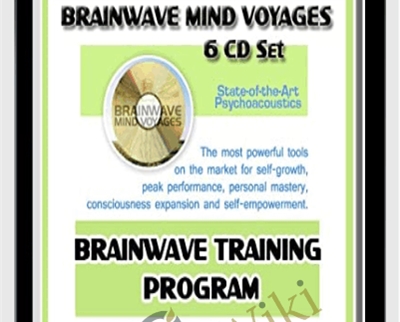



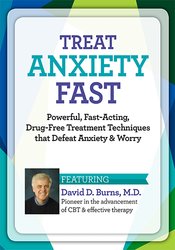
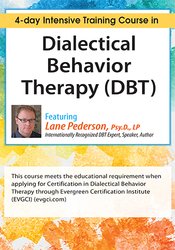
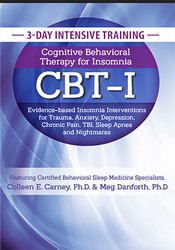

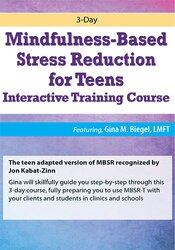
There are no reviews yet.